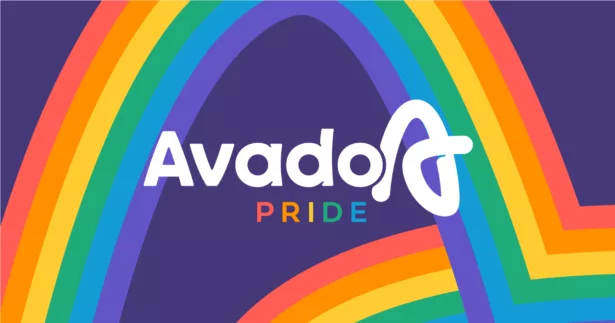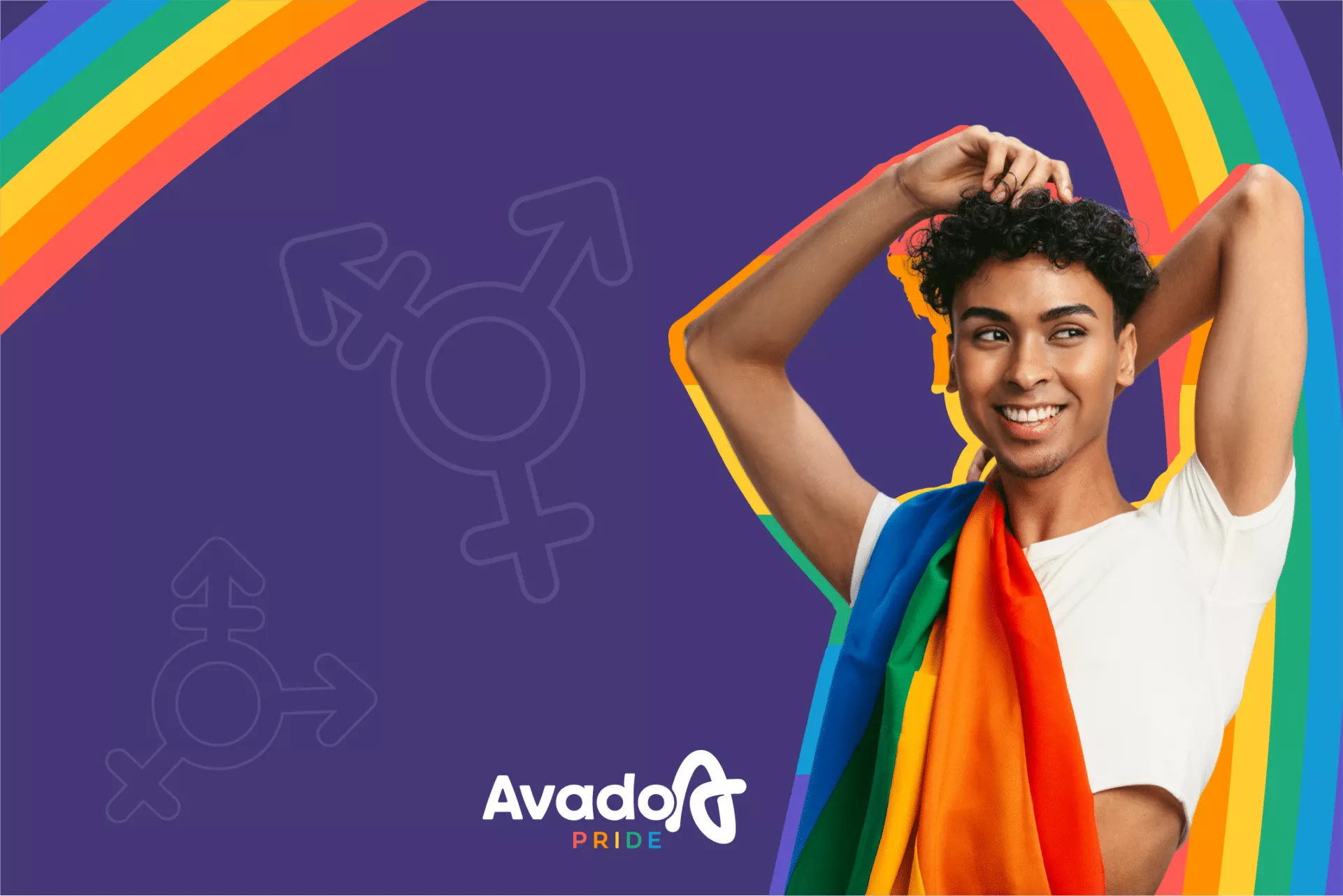We’re born into a society and given a label of male or female straight away, based solely upon genitalia. Traditionally, a female is expected to look and act one way, and a male is expected to look and act another. However, it’s not that simple anymore. That’s because it fails to acknowledge a whole section of society: transgender, intersex and gender diverse people.
What’s the difference between sex and gender?
Your body and genitalia—or the physical attributes that make up your sex—and your gender can be thought of as separate things. Gender forms part of someone’s identity and feelings. Gender can be male, female, neither, a mixture of both, or be totally outside of that binary. A person’s relationship with their gender can change over time, too. The gender that is assigned at birth is usually reinforced by people around us growing up. For example, someone might say “be a man” or “man up” or “you’re such a girl.” We’re often told who we’re supposed to be, and a lot of people are okay with this and comfortable with it. But, for some people, that’s not the case. And that’s what’s called being transgender.
What does transgender mean?
Transgender or gender diverse is when your gender doesn’t entirely match the one that you’re assigned at birth. A lot of people use Trans* for short.
Trans* is a term used to describe people whose gender is not the same as the sex they were assigned at birth. Being Trans* can mean that you identify as the opposite gender, or that you don’t identify with either gender. That’s called being non-binary, and people who are non-binary can identify as males, females, they/them, and combination, or none at all.
Non-binary is an umbrella term that people use to describe gender that doesn’t fit inside that socially-constructed box of male or female. Different people might use more specific terms to describe their gender. Some Trans* people that aren’t non-binary and who identify as strictly male or female might identify themselves as binary.
How should I refer to Trans* people?
We use an asterisk (*) when referring to Trans* people because it stands for several gender identities like transgender, transmen, transwomen, transexual, genderqueer, agender, genderfluid, non-binary, androgynous and others. Trans* has a broad set of possibilities because that’s exactly the point. There’s no one right way to be trans.
There’s also a term for people who aren’t trans: cisgender. This is a way of saying not trans. Cisgender just means that the gender you’re assigned at birth matches with the one you identify with. It comes from Latin meaning “on the same side” whilst trans means “on the other side of.” Although this is new to our vocabulary, it helps us to avoid using the term “normal people” when saying that somebody isn’t trans. E.g. “trans people vs. Normal people.”
As with anything that might be different or new to you, it’s always best to ask someone before you make any assumptions. There are a lot of diverse ways that people identify, but you don’t need to know every one. However, you should always be open and respectful enough to understand difference when you encounter it.

 3 min read
3 min read 



